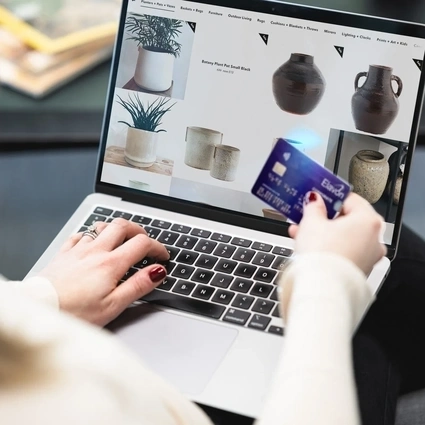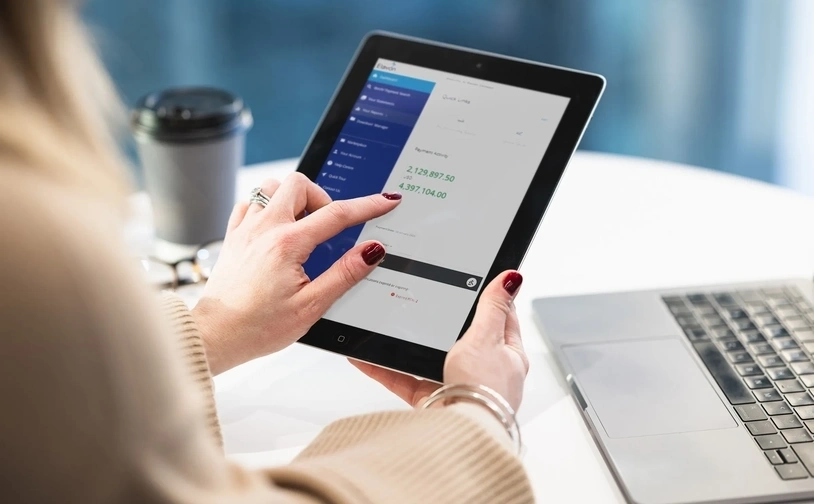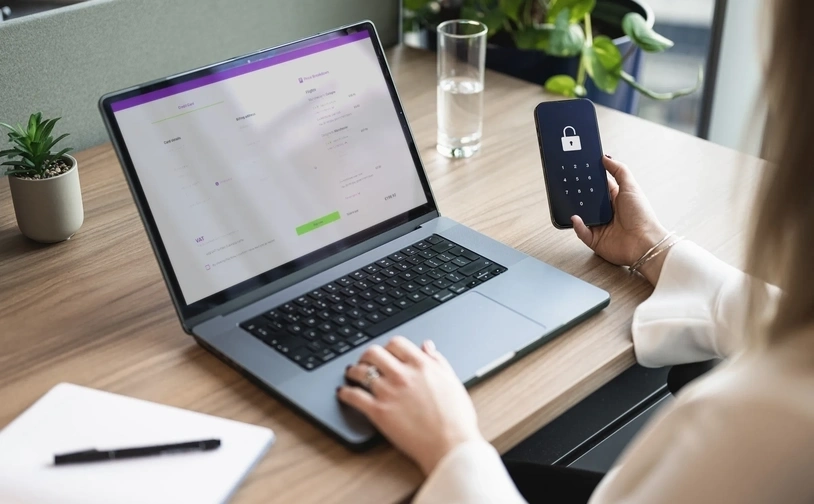How does website personalisation affect conversion rate?
There are many factors that can affect conversion rates for your ecommerce store, and the role of website personalisation is one worth considering.
Website personalisation involves tailoring and customising the way information is presented to appeal to customers. This can include the way your website looks, and how copy and images are presented. Presenting your products in a way that appeals to particular customers can help to build strong relationships and, when implemented successfully, can encourage customer loyalty and higher conversion rates.
To personalise your website successfully, you need to be able to collect, and effectively use, relevant data about your customer to enable personalisation. Wanting to get to know your customers well is the key to good website personalisation.
This can be done using the information provided when visitors sign up to your website, or by collecting demographic information when a customer uses a social login. These methods will allow you to gather information on your customers’ location and interests and start to build up information about their order history, browsing habits and searches.
Website personalisation also encourages customers to return to your site, and the more they shop at your store, the better the personalisation and suggestions you can make for them. By applying personalisation to your website, you can start to increase the odds of selling the right content to the right customers, which can in turn increase your conversion rates and average order value (AOV).






